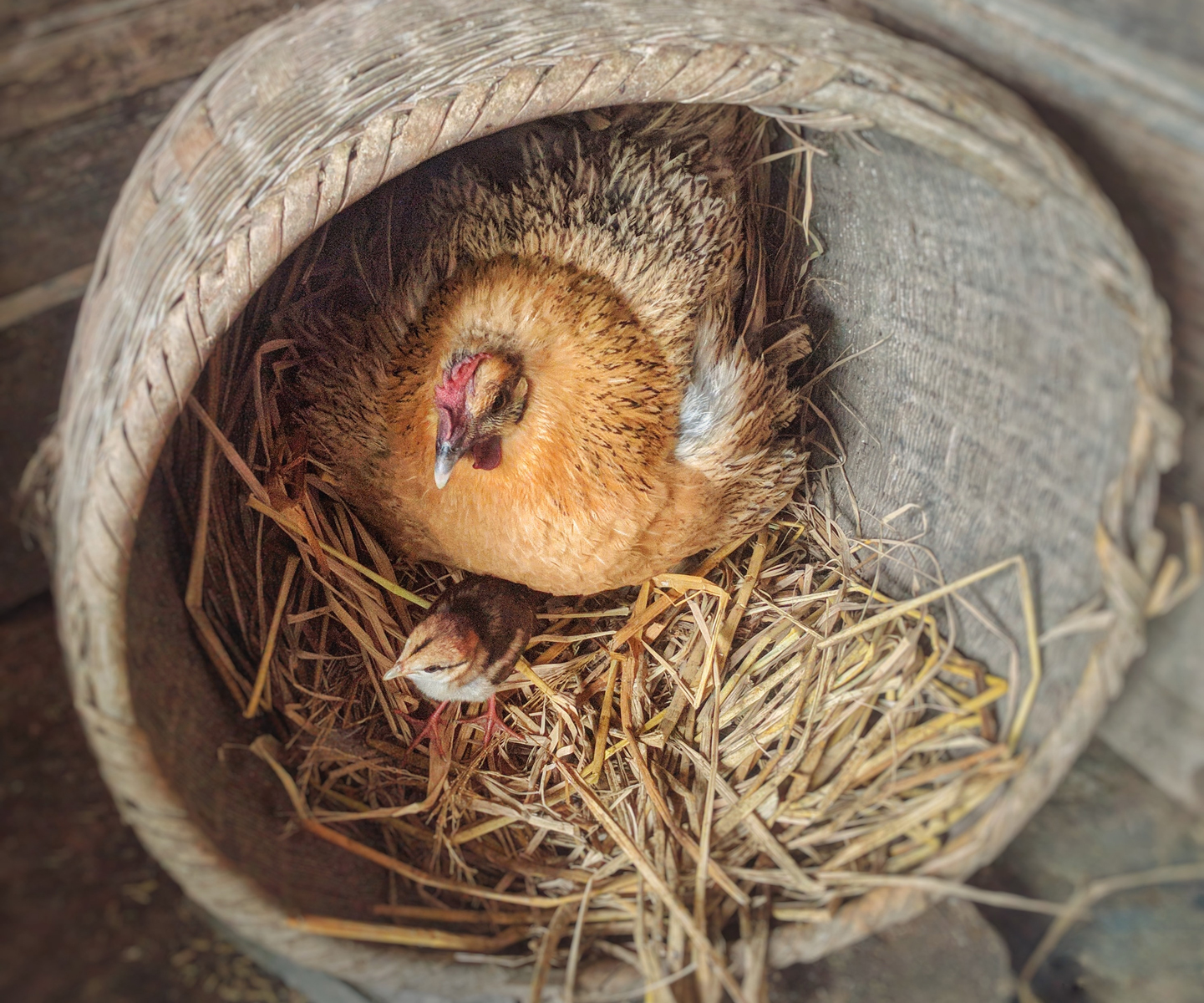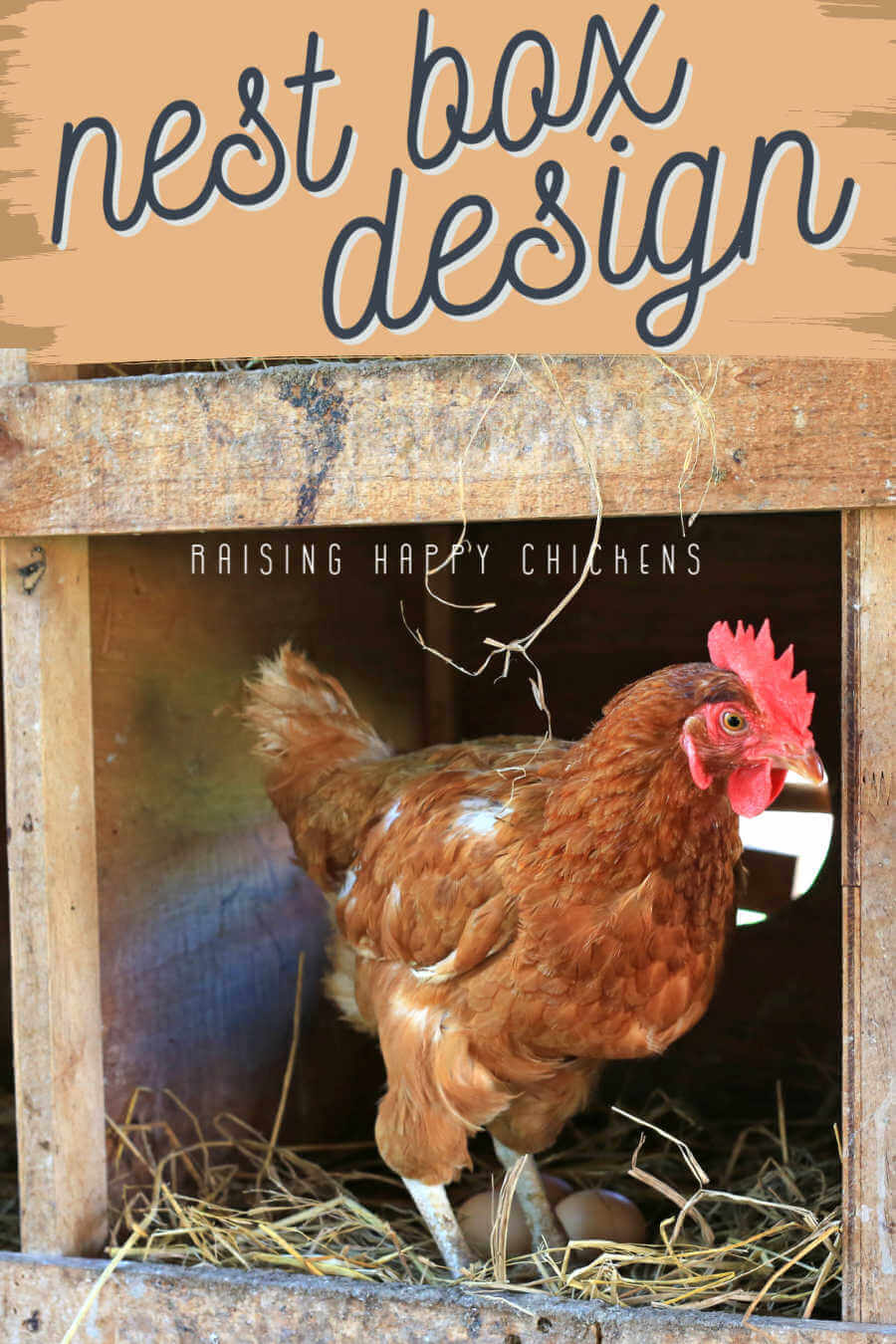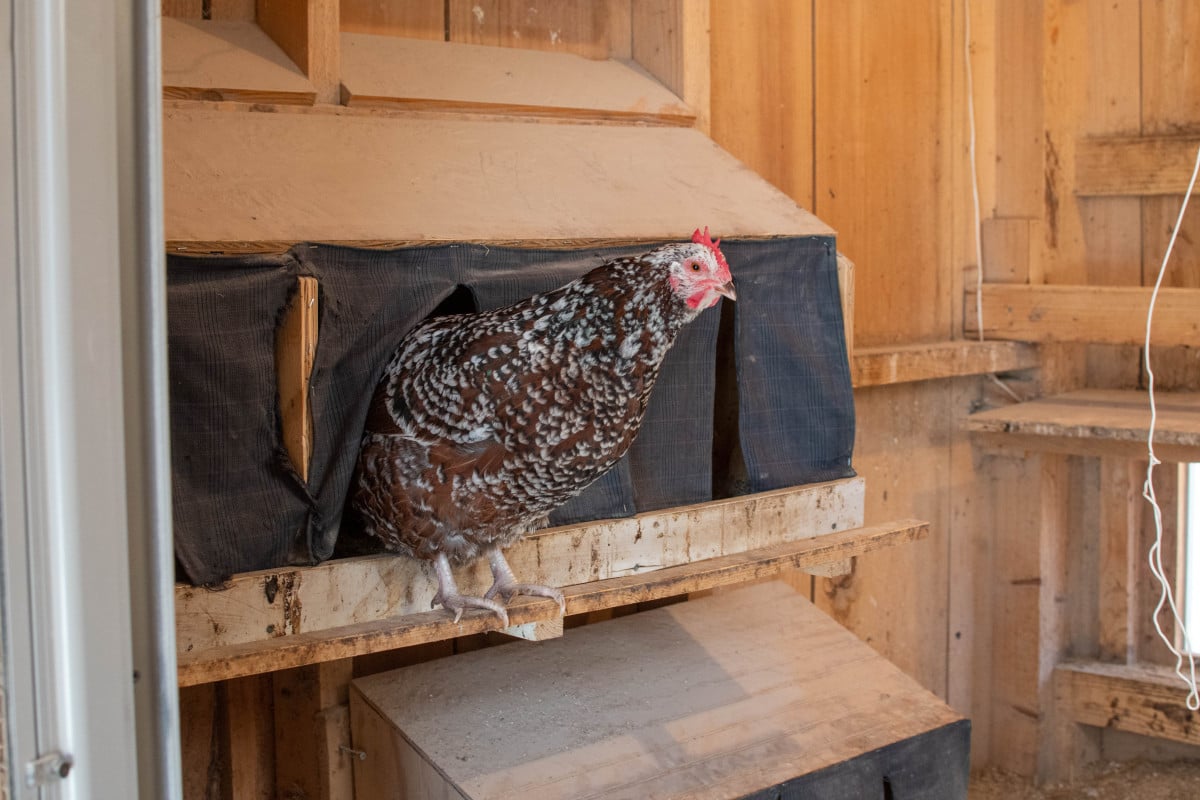Hens nests are essential for providing a safe and comfortable space for your chickens to lay their eggs. Whether you are a professional chicken husbandry farmer or a hobbyist, creating the perfect hen’s nest will make all the difference in the quality of your eggs and the overall health of your chickens. In this article, we will look at the different components of a hen’s nest and the best practices for building the perfect nest for your feathered friends.
Hen’s Nest Basics

A hen’s nest is an essential component of any chicken husbandry setup and provides a safe, secure place for your hens to lay their eggs. There are few things to consider when building the perfect hen’s nest, such as size, location, and materials.
Size: A hen’s nest should be large enough to accommodate the number of hens in your flock. A good rule of thumb is a nest for every four hens, but you may need to adjust the size depending on your setup.
Location: The hen’s nest should be located in a dry, protected area, away from predators and other hazards. It should be accessible to the hens at all times, but should also be far enough away from the rest of the flock to provide them with a sense of privacy.
Materials: The ideal material for a hen’s nest is a combination of straw and wood shavings. These materials are comfortable and absorbent, and provide a safe, inviting environment for your hens to lay their eggs. Additionally, you can also use hen laying boxes to provide a more secure environment.
Hen Laying Boxes

Hen laying boxes are an essential part of chicken husbandry and provide a safe, secure nesting area for chickens to lay their eggs. Knowing which type of box is best for your flock, and the correct size for your hens is key to providing the perfect nesting area for your chickens.
Types of Chicken Egg Laying Boxes
There are several types of chicken egg laying boxes available on the market. The most popular are the wooden boxes, which have a flat bottom and sloping sides. These boxes are often lined with straw, hay or other soft material to provide a comfortable place for the hens to lay their eggs. Plastic boxes are also available, and these are a good option if you are looking for something more cost-effective and easy to clean.
Choosing the Right Size Laying Box
When selecting the right size laying box, it is important to consider the size of your hens. A box that is too small will be uncomfortable for your hens and may lead to egg breakage. On the other hand, a box that is too big will make it difficult for the hens to access the eggs. The ideal size for a laying box is approximately 18 inches wide and 24 inches deep. This provides enough room for the hens to move around and lay their eggs without feeling cramped.
It is also important to ensure that the box is kept clean and free from debris. This will help to ensure that your hens are comfortable and safe while laying their eggs.
By following these simple tips, you can provide your chickens with the perfect hen’s nest for chicken husbandry. With a comfortable and secure nesting area, your hens will be able to lay their eggs in peace and comfort.
Roosting Boxes for Chickens

Roosting boxes are an essential part of chicken husbandry. They provide chickens with a safe, comfortable place to sleep, lay eggs, and raise chicks. Roosting boxes come in a variety of shapes and sizes, making it possible to create the perfect hen’s nest for your flock.
Types of Roosting Boxes for Chickens
Roosting boxes for chickens come in two basic types: open-front and closed-front. Open-front boxes are ideal for smaller flocks, as they provide easy access for the chickens to enter and leave the box. Closed-front boxes are better for larger flocks, as they provide more protection from outside predators.
Choosing the Right Size Roosting Box
When choosing a roosting box, it’s important to consider the size of your flock. The box should be large enough for the entire flock to comfortably fit inside, but not so large that it’s difficult for the chickens to move around. For larger flocks, it’s best to opt for a closed-front box, as it will provide more protection from predators.
When installing a roosting box, make sure to securely attach it to a wall or other sturdy surface. This will help keep the box in place and provide additional protection from predators. It’s also important to place the box in a location that’s protected from the elements, such as a sheltered corner of the coop or a shady spot in the yard. Finally, make sure to regularly check the box for signs of damage or wear and tear, as these can be easily repaired or replaced.
By following these simple steps, you can create the perfect hen’s nest for your flock and ensure their comfort and safety.
Building the Perfect Hen’s Nest

Laying Boxes vs Roosting Boxes
A chicken’s nest box is a crucial component of chicken husbandry and should not be overlooked. A nesting box is used by a chicken to lay her eggs in a safe environment. It is important to distinguish between a laying box and a roosting box as they serve different purposes. A laying box is specifically used for egg laying and should be deep enough to provide her a sense of security. A roosting box should be placed higher up on the coop, as chickens naturally prefer to sleep off the ground.
Nest Box Placement
The placement of the nest box is very important as it should be placed in a dimly lit and quiet area of the coop. Chickens naturally prefer to lay their eggs in a dark and secluded area for privacy and security. Furthermore, it is important to note that the nesting boxes should not be placed in too close of proximity to one another, as this could lead to fighting amongst the birds.
Nest Box Materials
The nest box should be constructed of sturdy materials such as wood or metal. The interior should be lined with a soft material such as straw in order to provide a comfortable and warm environment for the birds. It is also important to replace the straw periodically to ensure that the space remains clean and free of parasites. Additionally, a roosting box for chickens should also be provided in order for the birds to rest comfortably.
In conclusion, building the perfect hen’s nest is an essential step in chicken husbandry. The nest box should be placed in a dimly lit and quiet area of the coop, constructed of sturdy materials, and lined with soft material such as straw. Additionally, a roosting box for chickens should also be provided. By following these steps, your chickens will have a safe and secure place to lay their eggs.
Hen’s Nest Maintenance

Cleanliness: Regularly cleaning the hen’s nest is essential for the health of the chickens. Use a mild detergent and warm water to clean the nest, being sure to remove any droppings and other debris from the bottom of the nest. Replace any bedding that is soiled and make sure to thoroughly dry the nest before returning the hens.
Temperature: The temperature of the hen’s nest should be around 35°C to keep the hens warm. If the temperature is too low, the hens may become ill. Ensure the temperature is monitored regularly, and adjust the bedding to keep the hens warm.
Material: The material of the nest is also important. Avoid using materials like plastic, which can cause skin irritation and respiratory problems. Instead, use materials like wood shavings or straw, which are soft and absorbent.
Size: The size of the nest should be large enough to accommodate all of the hens. Generally, a nest that is about 1.2 meters wide and 1.5 meters long is suitable for most breeds.
Safety: The hen’s nest should also be designed to keep the hens safe from predators. Install a fence around the nest and make sure the fence is secure. Place the nest in an area that is away from any potential predators.
Hen’s Nest Safety
Location: Place the hen’s nest in a secure area, away from any wild animals and outside elements.
Structure: The hen’s nest should be constructed with sturdy materials and should be able to withstand any weather conditions. The walls should be at least 6 inches thick and the roof should be waterproof and insulated.
Cleaning: The hen’s nest should be regularly cleaned with appropriate disinfectants and sanitized.
Ventilation: The hen’s nest should be well-ventilated, allowing fresh air to circulate throughout the area.
Temperature and Humidity:
| Temperature | Humidity |
|---|---|
| A minimum of 60°F (15°C) | Between 30 – 70% |
Lighting: The hen’s nest should have adequate lighting for the chickens to see and forage for food. Natural light is best, but artificial lighting can also be used.
Frequently Asked Questions
What are the Best Materials to Use for Constructing a Hen’s Nest?
The best materials to use when constructing a hen’s nest are soft, absorbent materials such as straw, wood chips, hay, or shredded paper. These materials should be thick enough to provide insulation and cushioning for the eggs and are easy to clean and replace. The materials should also be free of sharp edges or splinters that could injure the hen. The nest should also be constructed in a sheltered area, away from the elements and predators.
How Can I Ensure the Hen’s Nest is Comfortable for the Chickens?
Ensuring a hen’s nest is comfortable for the chickens involves providing a safe and secure environment, adequate bedding material, and a suitable temperature. Place the nest in an area away from predators and ensure the entry is large enough for the chickens to easily enter and exit. Provide layers of straw, wood shavings, or hay for bedding material and replace it regularly to keep it clean and dry. Finally, the nest should be kept at a temperature between 18-22°C to ensure the birds remain comfortable.
What size should the hen’s nest be?
The size of the nest should be large enough to accommodate the size of the hen comfortably, while also providing enough space for the eggs. Ideally, the nest should be no less than 16 inches (40 cm) in diameter and 12 inches (30 cm) in depth. The walls of the nest should be tall enough to ensure the eggs are protected from outside elements. Additionally, the nest should be equipped with a lip or edge around the top to keep the hen’s eggs in place.
Should I use a flat or a sloped roof for the hen’s nest?
Flat Roof
- A flat roof is the simplest and most cost-effective option.
- Flat roofs are easier to construct, maintain, and repair.
- Flat roofs are easier to clean and keep dry.
- Flat roofs provide easy access for checking on eggs and chicks.
Sloped Roof
- A sloped roof adds additional protection from the elements.
- Sloped roofs tend to be more durable and last longer.
- Sloped roofs provide better insulation for the coop.
- Sloped roofs help to keep the coop warmer in the winter and cooler in the summer.
The choice between a flat or sloped roof for a hen’s nest will ultimately come down to cost, the desired level of protection, and the amount of maintenance that the owner is willing to commit. For those looking for a more economical option, a flat roof may be the best choice. For those looking for additional protection, a sloped roof is the way to go.
How often should the hen’s nest be cleaned and maintained?
Daily: Remove the droppings from the nest and replace the bedding material with new, clean material.
Weekly: Clean the entire nest by removing all bedding material. Disinfect the nest with a mild solution of bleach and water. Let the nest air dry and replace bedding material.
Monthly: Check for rat, mice, and other pests in and around the nest.
Seasonally: Clean the entire nest and check for any repairs needed. Replace any worn out or damaged supplies, such as nesting boxes, feeders, and waterers.
Annually: Deep clean the entire area of the nesting area and replace all bedding material. Check for any repairs needed, such as wiring, ventilation, and insulation.
Conclusion
Building a comfortable and safe hen’s nest is essential to successful chicken husbandry. When considering material, size, and placement, it is important to keep the needs of the chickens as the first priority. With the right nest, chickens can rest and lay eggs in peace, ensuring a happy and productive flock.
References
- Building the Perfect Hen’s Nest for Chicken Husbandry – Tractor Supply Company
- Coop Design Ideas for Your Chicken Coop – Backyard Chickens
